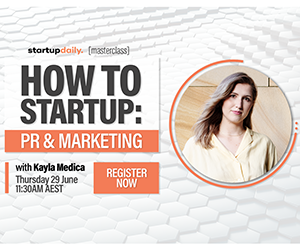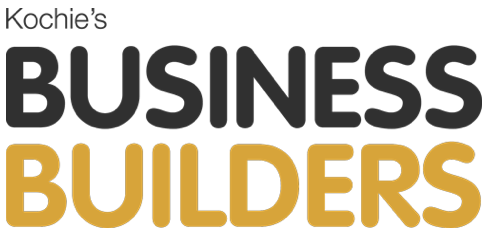The role of a Chief Evangelist is to take a company from zero to critical mass. But what does that mean?
The purpose of an evangelist is to help a company, a product, a technology or merely “a thing” go from zero to critical mass. Evangelists help find and leverage the most passionate early adopters so that these particular users are so compelled; they convince their friends, family and colleagues to use what they’re using.
















